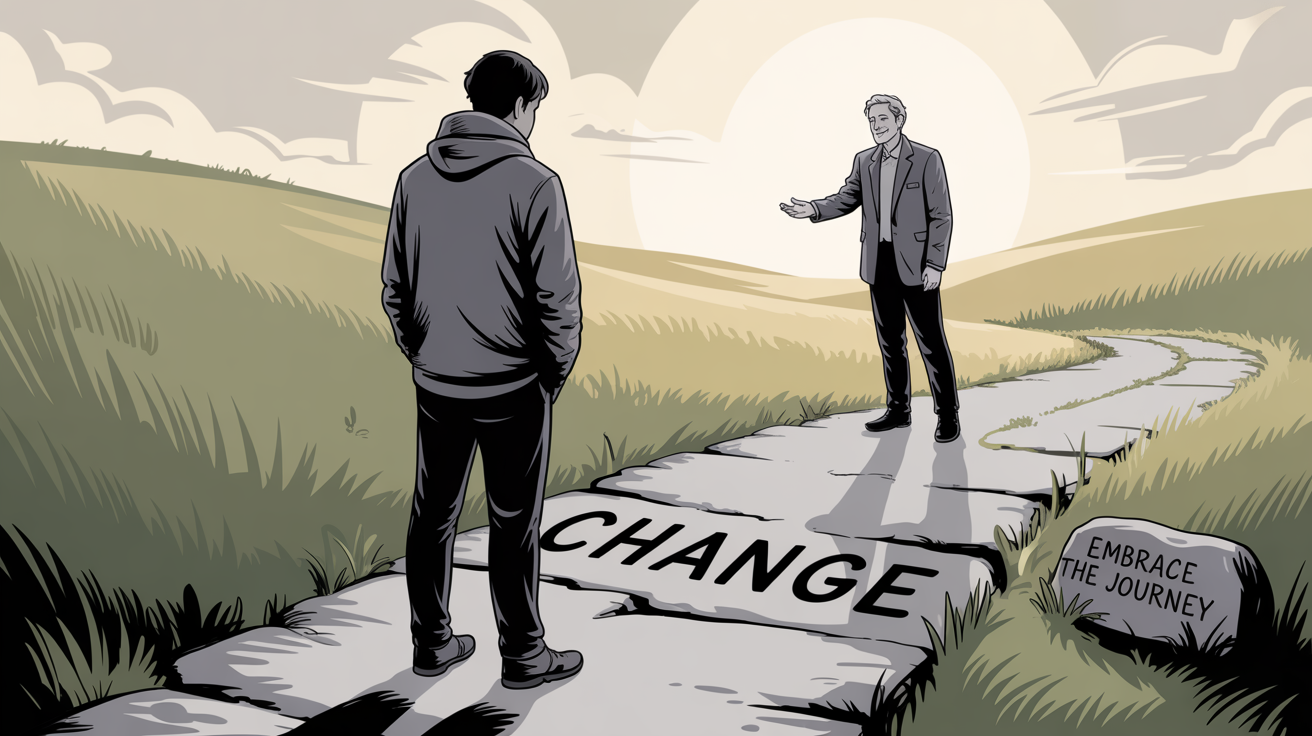The evolution of communication tools has been central to the growth and influence of newspapers and print media. From the earliest days of pamphlets and broadsheets to the modern era of mass-circulation dailies, each technological advancement has expanded the reach, speed, and impact of information dissemination.
Key Tools of Communication in Print Media:
- Printing Press:
The introduction of the movable-type printing press by Johannes Gutenberg revolutionized the spread of information. It enabled mass production of newspapers and magazines, making printed news accessible to a much larger and more diverse audience. - Pamphlets, Brochures, Almanacs:
Before newspapers became widespread, pamphlets and almanacs served as important tools for sharing news, opinions, and practical information with the public. - Telegraph:
The invention of the telegraph allowed for the rapid transmission of news over long distances. This led to the creation of news agencies and wire services, such as the Associated Press, which standardized and accelerated the delivery of news to newspapers worldwide. - Wire Services/News Agencies:
These organizations collected and distributed news stories to multiple newspapers, ensuring timely and consistent reporting across regions and even countries. - Advances in Printing Technology:
Steam-driven and rotary presses enabled newspapers to be printed faster and in larger quantities, supporting the rise of mass-circulation papers and making news more affordable. - Graphics, Illustrations, and Headlines:
The inclusion of photographs, illustrations, and bold headlines made newspapers more visually appealing and helped convey information quickly and effectively. - Advertisements:
Newspapers and magazines became major platforms for advertising, turning them into commercial enterprises and further expanding their societal role.
Impact of Technological Advancements:
Technological progress has consistently shaped the content, speed, and accessibility of newspapers. The printing press democratized information, the telegraph shrank distances, and modern printing methods made mass communication possible. These tools not only enhanced the efficiency of news delivery but also transformed newspapers into powerful instruments for public awareness, education, and commerce.
Present Advancements:
1. Artificial Intelligence (AI) Integration
- AI is transforming newsrooms by automating repetitive and time-intensive tasks such as summarizing reports, translating articles, and generating data-driven content like earnings reports and sports results etc.
- Generative AI is now used for creating summaries at the top of stories, converting text articles into audio, and personalizing content feeds for individual users.
- AI-powered audience tracking and personalization algorithms help newspapers deliver highly relevant content, increasing reader engagement and loyalty.
2. Mobile-First Journalism
- News consumption has shifted dramatically to mobile devices, with a majority of readers now accessing news via smartphones.
- Newsrooms are adapting by producing mobile-friendly content such as vertical videos, adaptive web designs, and optimizing articles for easy mobile viewing.
- Journalists increasingly use smartphones for real-time, on-the-ground reporting, enhancing the immediacy and diversity of news coverage.
3. Digitalization and Multimedia Integration
- Newspapers have expanded from print to digital platforms, including websites, mobile apps, and digital subscriptions, allowing for real-time updates and interactive multimedia content.
- Multimedia elements—such as video, audio, podcasts, and interactive graphics—are now integral to storytelling, making news more engaging and accessible.
4. Personalization and User Experience
- AI and machine learning are used to personalize news feeds, recommend articles, and tailor homepage content based on user interests and behavior.
- Features like text-to-speech, adjustable fonts, and language translation make news more accessible to diverse audiences.
5. Data Analytics and Audience Insights
- Advanced data analytics tools track reader behavior and preferences, enabling publishers to refine content strategies and maximize engagement.
- Insights from analytics help optimize publishing schedules, headline effectiveness, and subscription models.
6. New Revenue Models and Digital Subscriptions
- The shift to digital has led to the adoption of paywalls, digital-only subscriptions, and premium content offerings, reducing reliance on traditional advertising revenue.
- Newspapers are experimenting with new monetization strategies, including targeted ads and sponsored content.
7. Emerging Technologies
- Augmented reality (AR), virtual reality (VR), and voice-enabled devices are being explored to create immersive news experiences.
- Blockchain is being considered for secure content distribution and combating misinformation.
8. Social Media and Multi-Platform Distribution
- News organizations now distribute content across various platforms, including social media, newsletters, podcasts, and messaging apps like WhatsApp and Instagram Broadcast Channels.
- This multi-channel approach broadens reach and caters to changing audience habits.
Key Insights
- AI and automation are central to newsroom efficiency and content personalization.
- Mobile-first strategies and multimedia integration are essential for engaging modern audiences.
- Data analytics and personalization tools are reshaping how newspapers understand and serve their readers.
- New technologies like AR, VR, and blockchain are on the horizon, promising further innovation.
- The industry is moving toward sustainable digital revenue models and multi-platform content delivery.
These advancements collectively mark a transformative era for newspapers, ensuring their relevance and adaptability in the digital age.
In conclusion, the tools of communication in print media have evolved from simple pamphlets to complex, technologically advanced systems. Each innovation has played a crucial role in making newspapers a vital part of society, reflecting and shaping public opinion, and ensuring that information reaches the widest possible audience.
Disclaimer:
The essays shared in this category are intended for educational and informational purposes only. They represent general responses to commonly asked questions and are not meant to substitute for personalized academic guidance, professional advice, or institutional standards. Readers are encouraged to use these essays as a reference or starting point, and to conduct their own research or consult their educators for specific requirements. We do not guarantee academic outcomes based on the use of this content. All content is original or adapted responsibly; any similarity to existing materials is purely coincidental.



